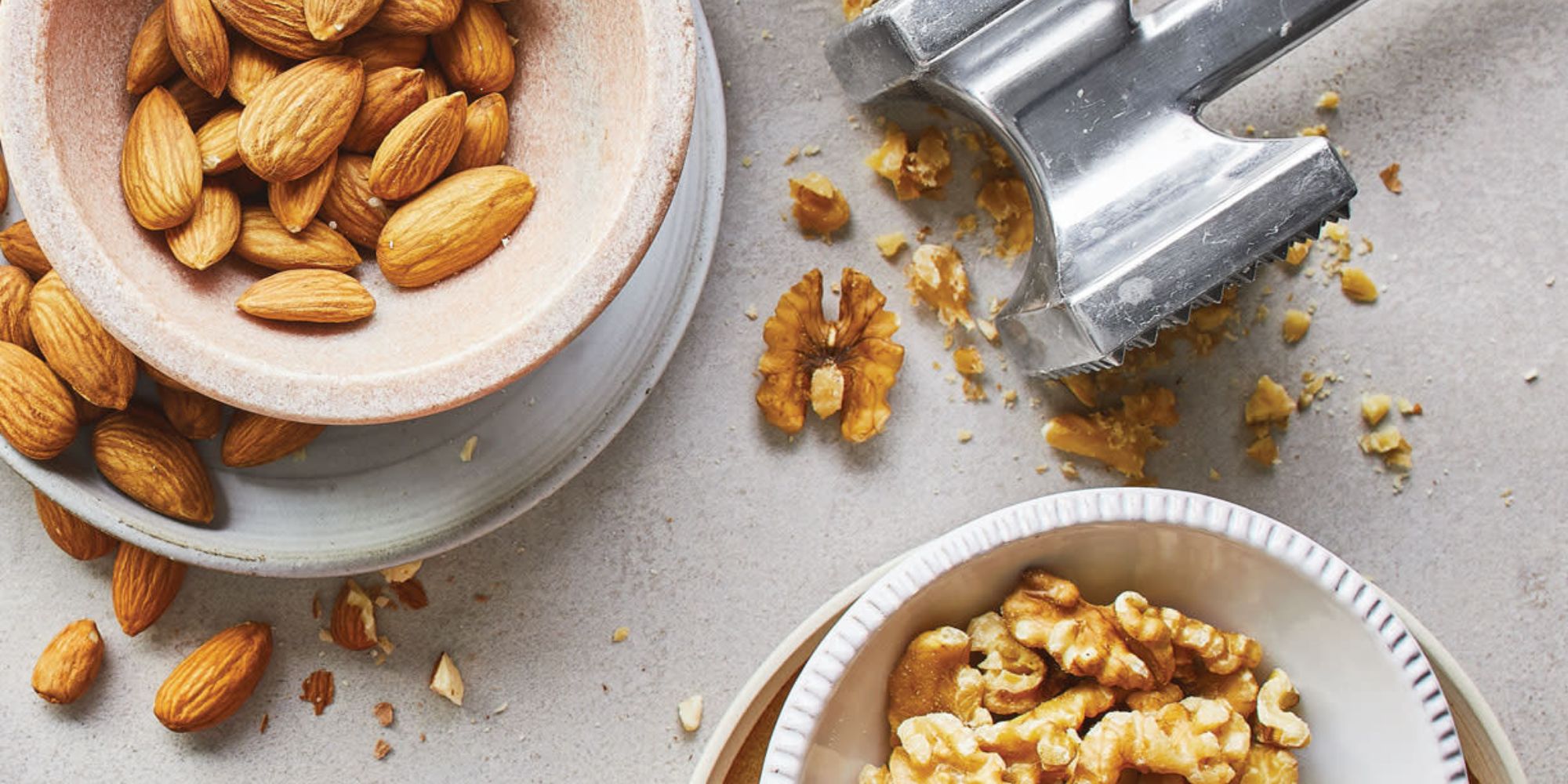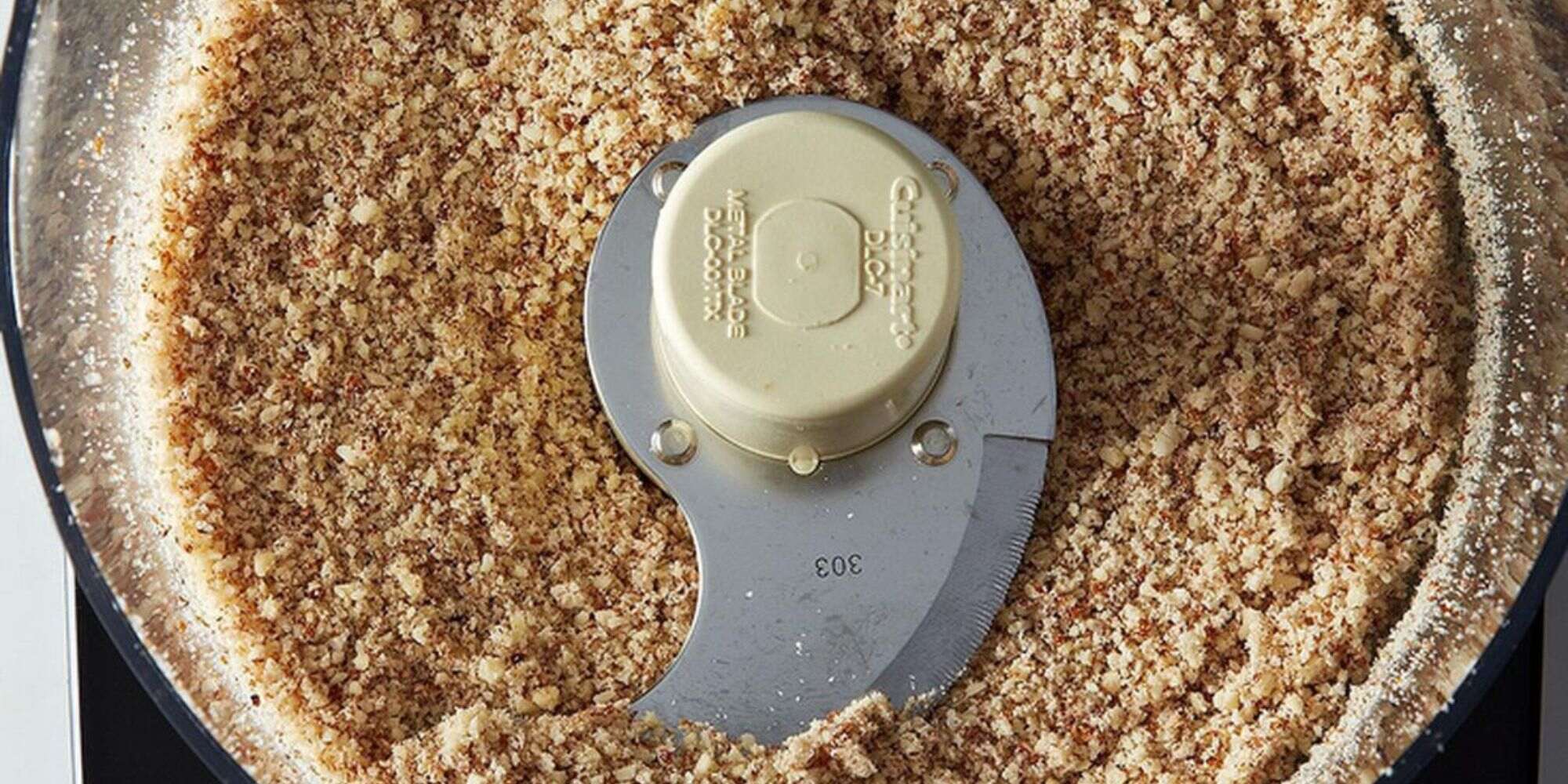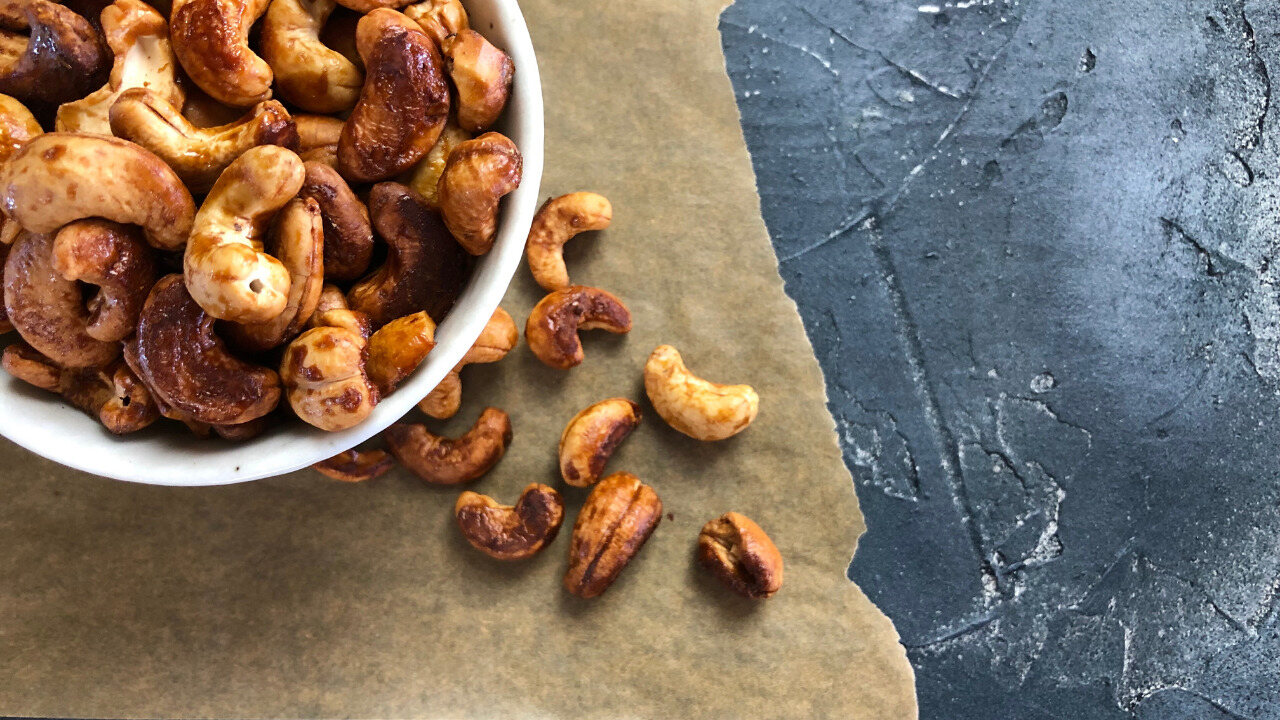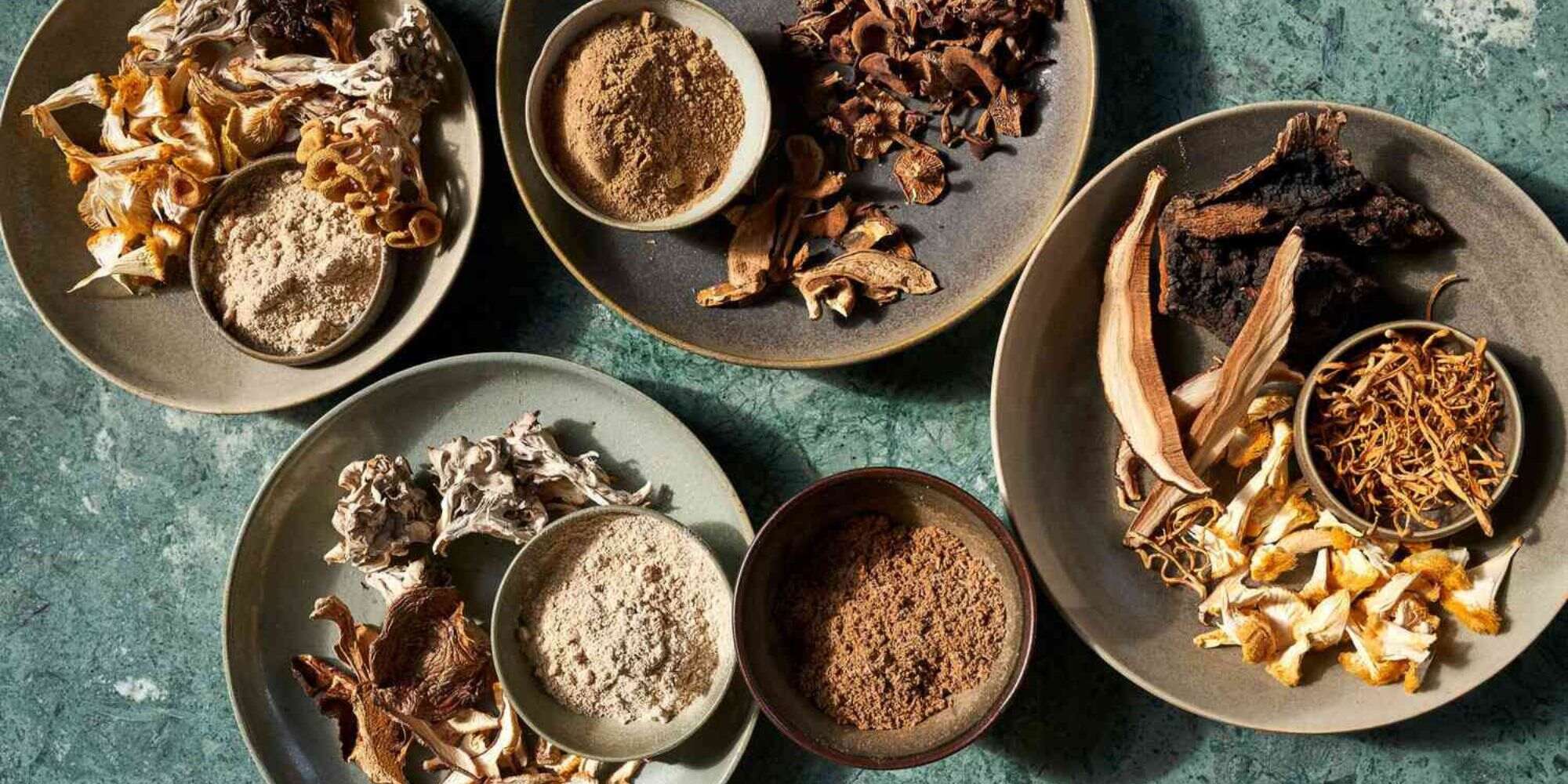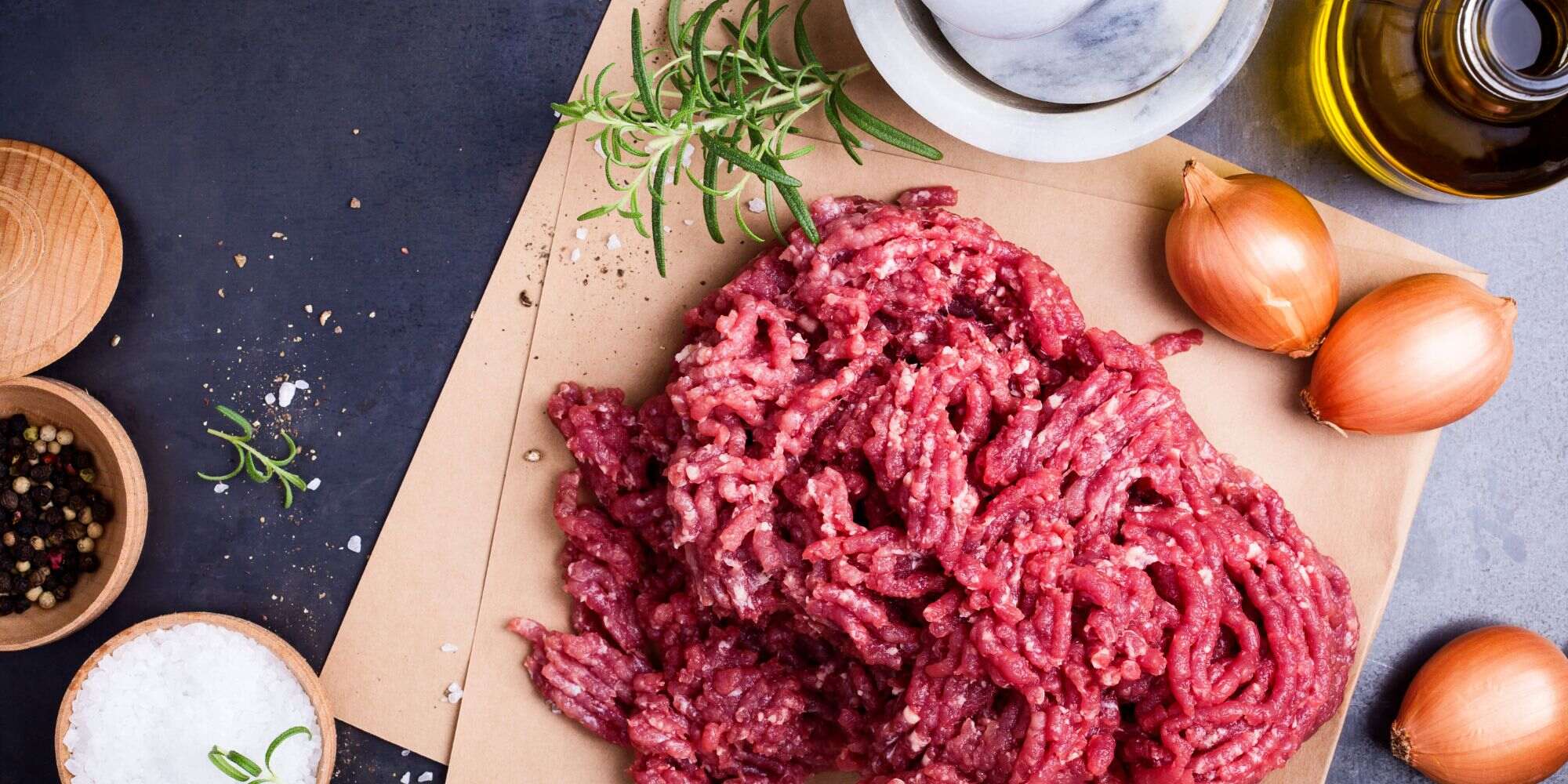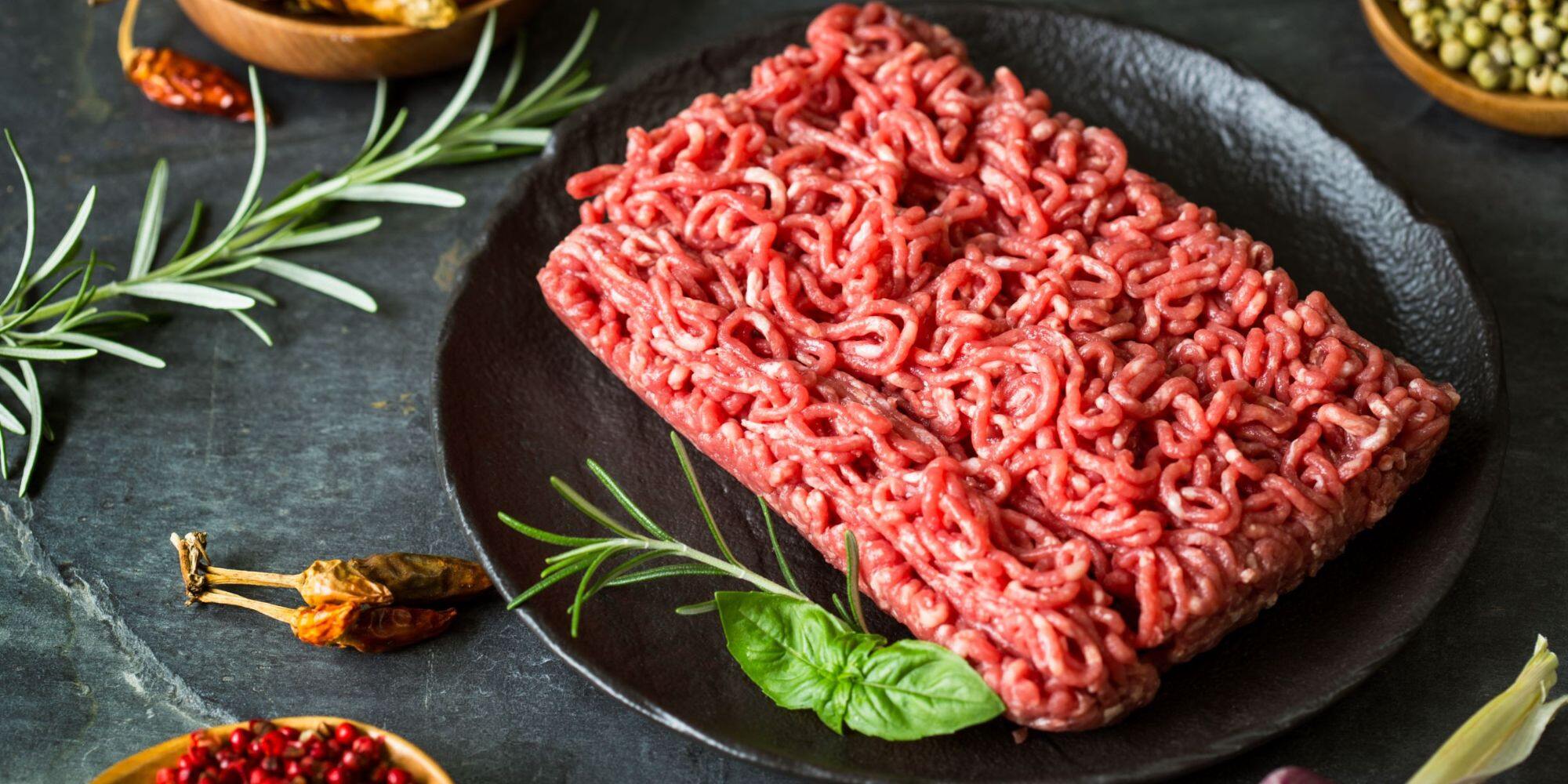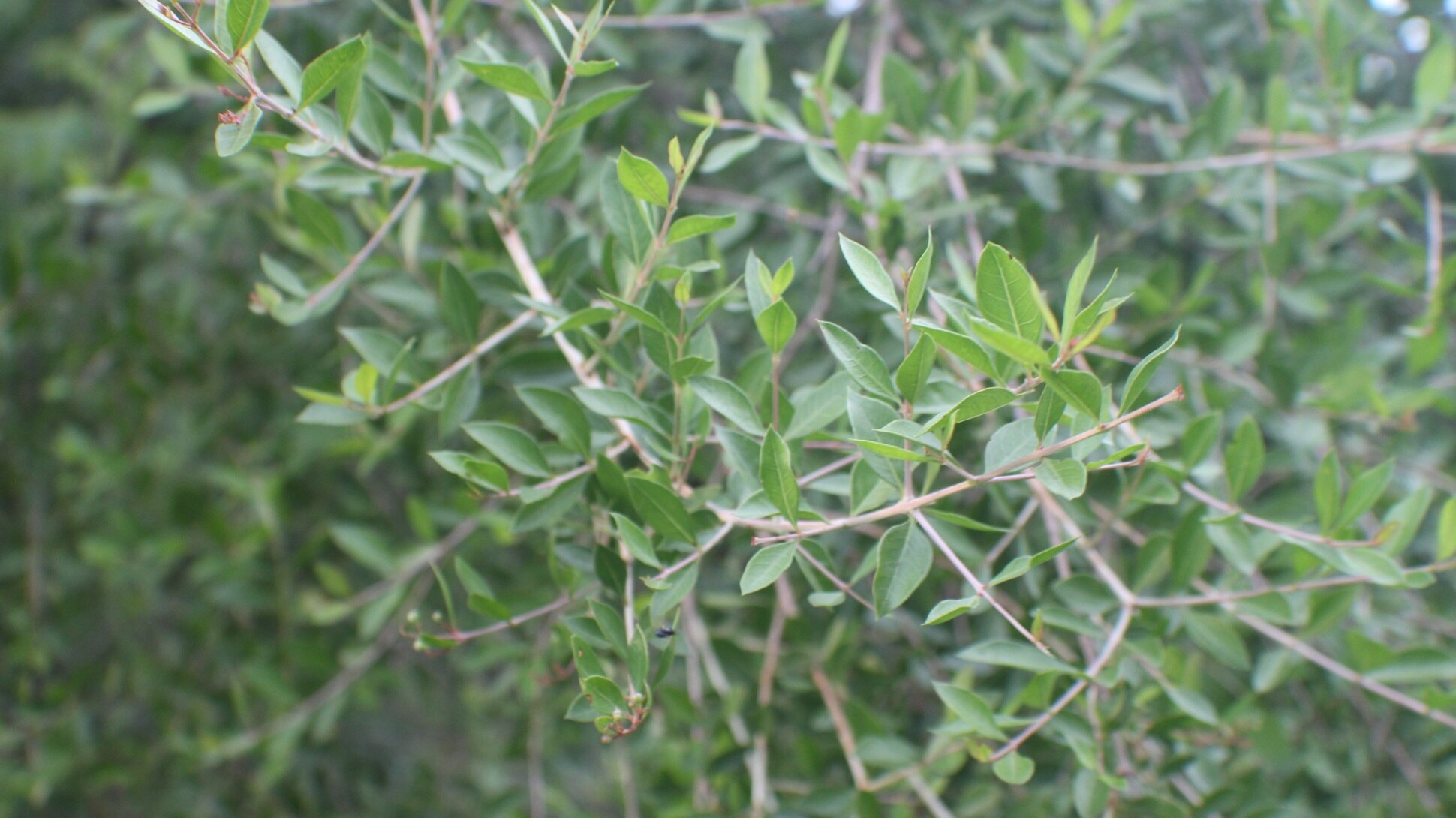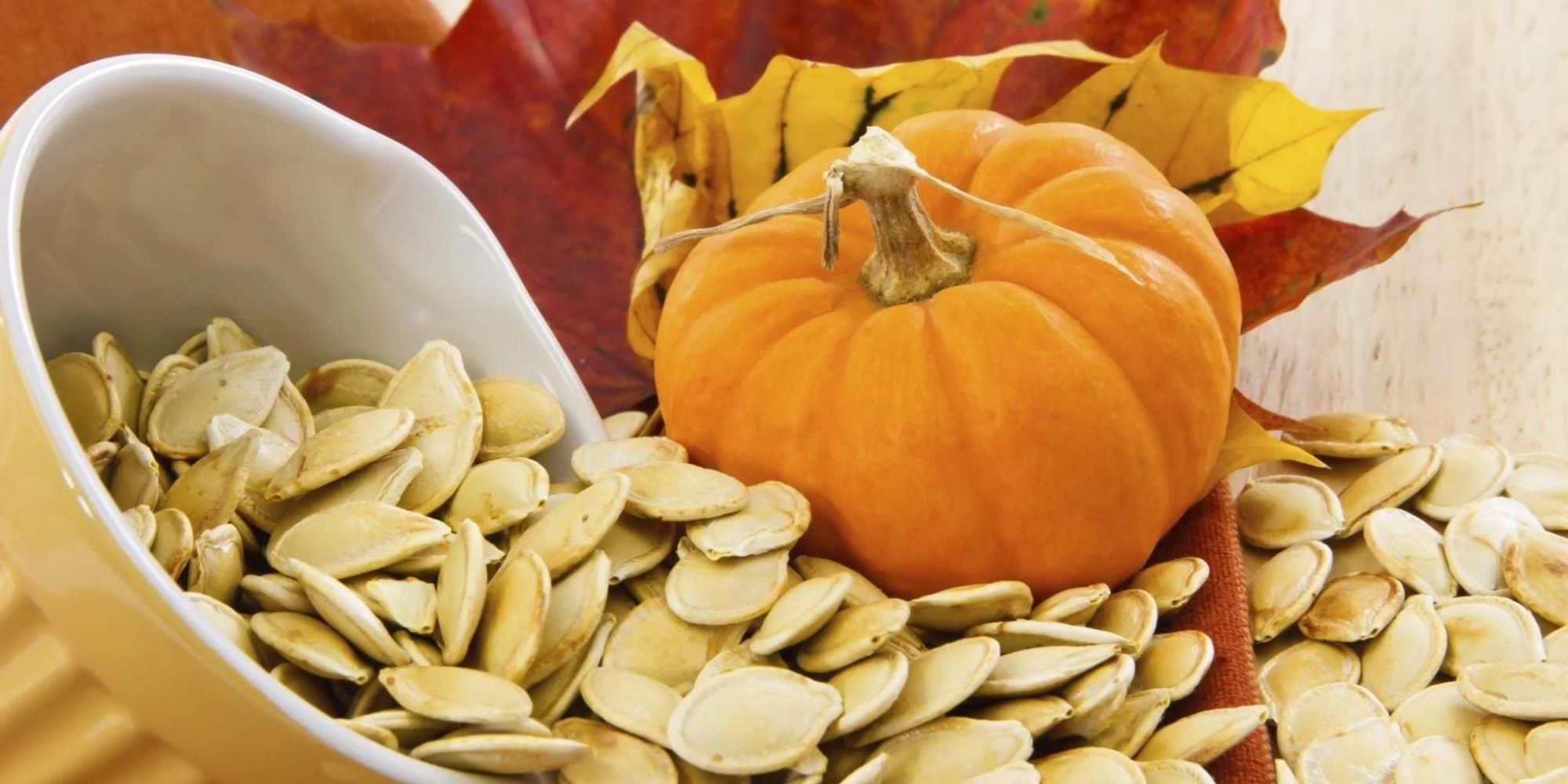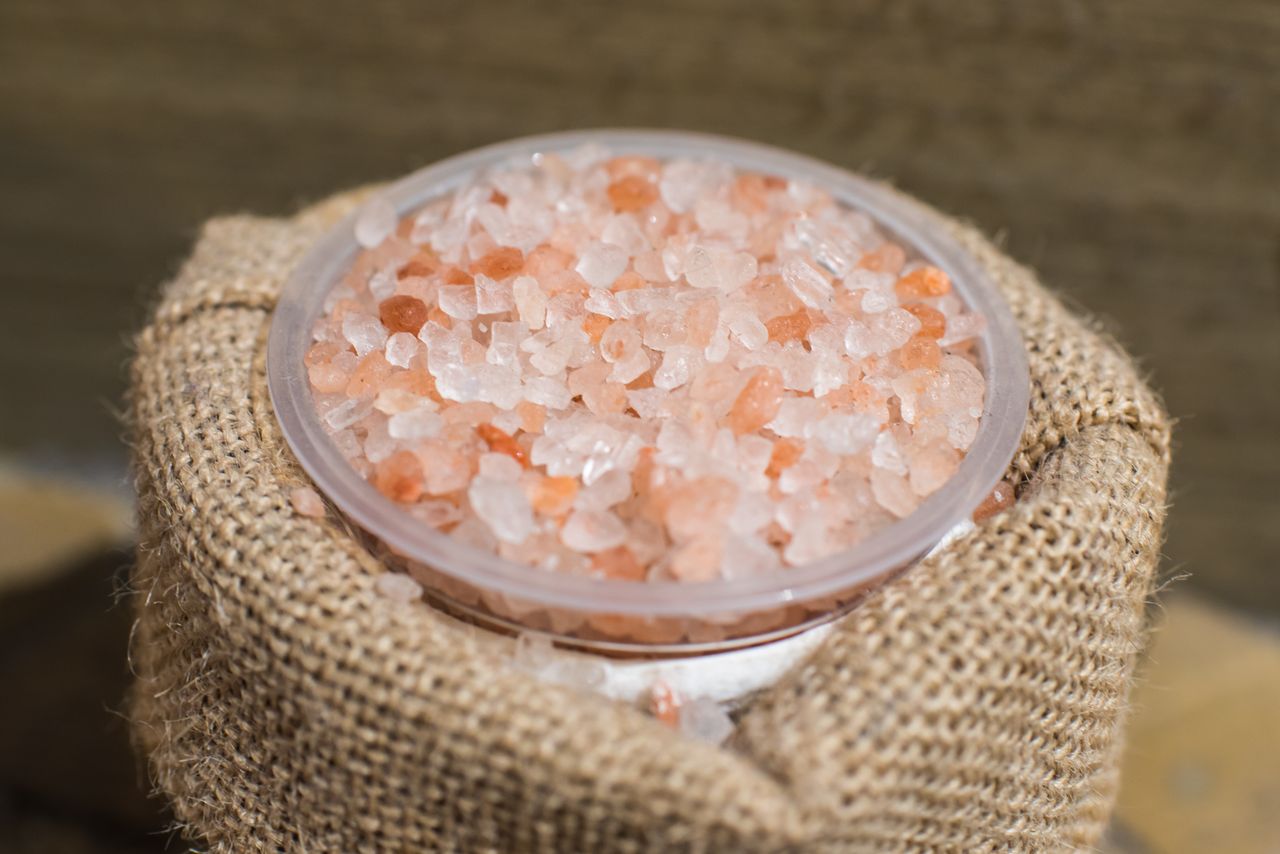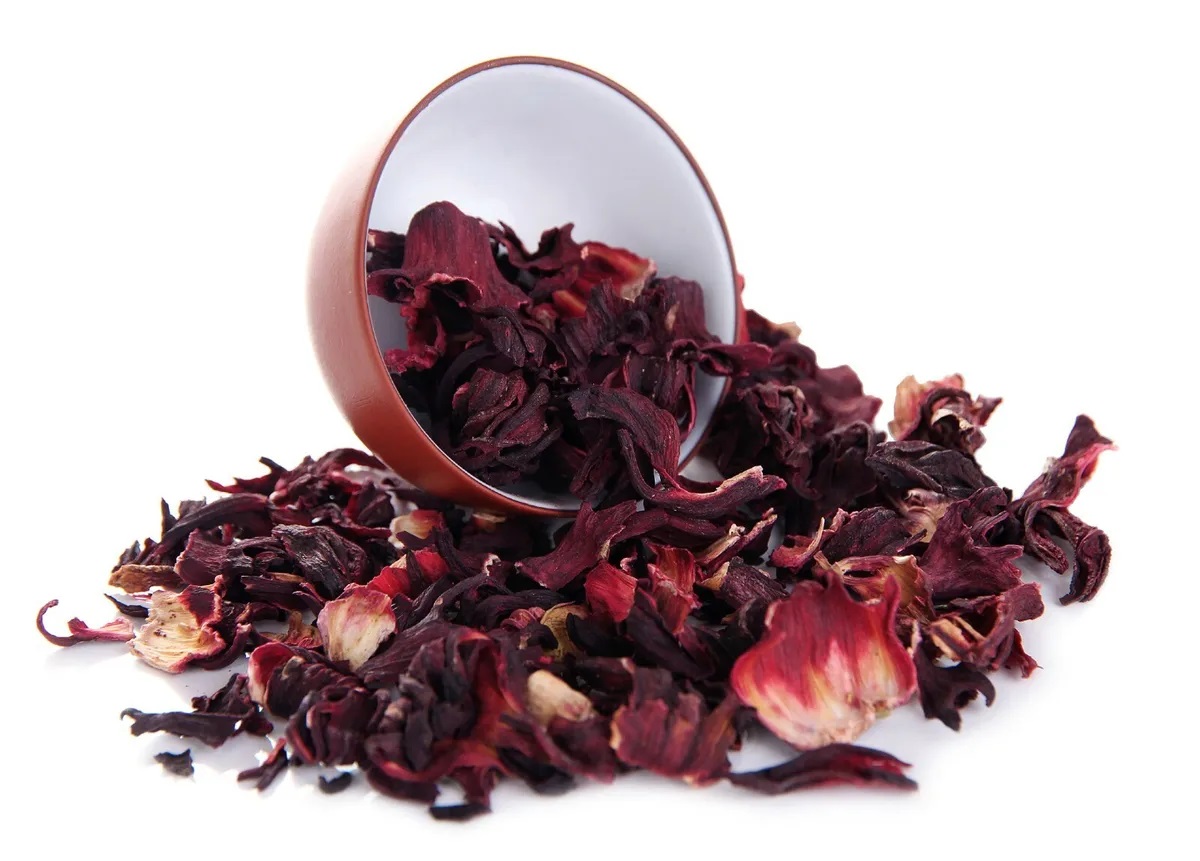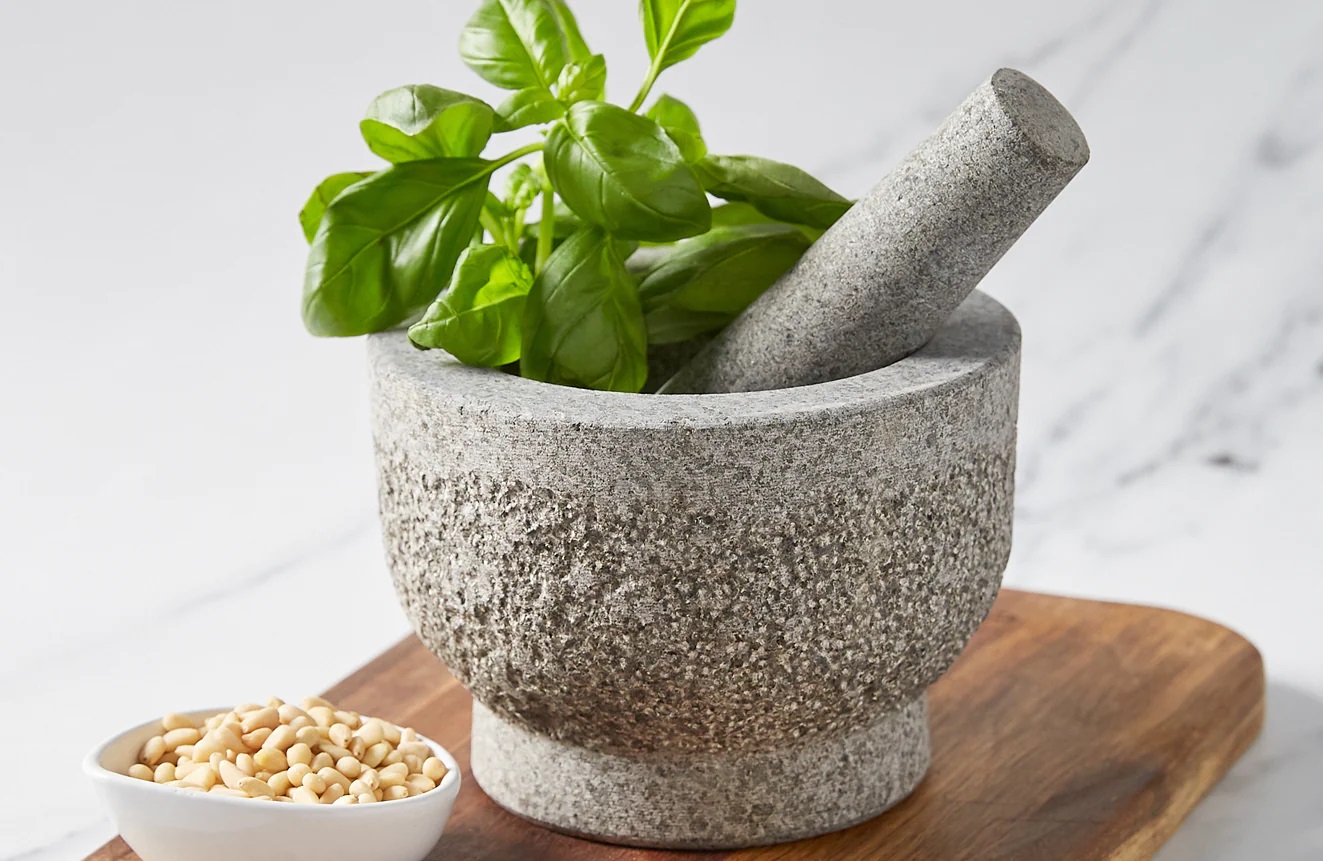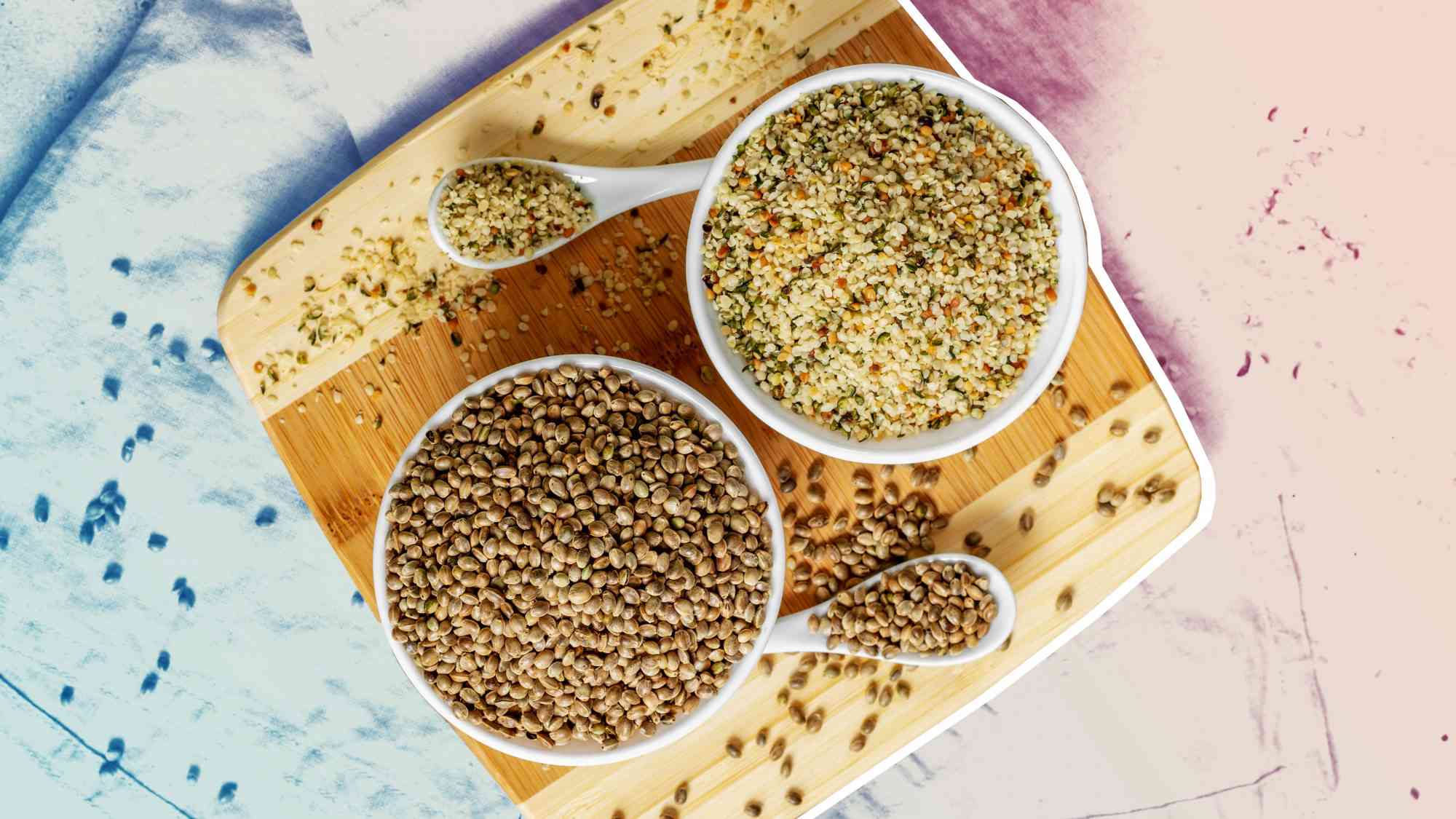How to Grind Nut Flour Without Turning It into Butter
Grinding nut flour can be a tricky task, as nuts have a high oil content that can quickly turn them into butter if not done correctly. Whether you’re making almond flour, hazelnut flour, or any other type of nut flour, it’s important to follow the right steps to achieve a fine, powdery texture without ending up with a sticky, oily mess.
Choose the Right Equipment
When grinding nut flour, the right equipment can make all the difference. Here are a few options to consider:
- Food Processor: A food processor is a great option for grinding nut flour, as it allows you to pulse the nuts into a fine powder without overheating them.
- Blender: A high-powered blender can also be used to grind nut flour, but be sure to use the pulse setting and stop frequently to scrape down the sides to ensure even grinding.
- Coffee Grinder: For small batches of nut flour, a clean coffee grinder can be a quick and effective option.
Prep Your Nuts
Before grinding your nuts, it’s important to prep them properly to prevent them from turning into butter. Here’s what you should do:
- Dry the Nuts: If your nuts are too oily, spread them out on a baking sheet and toast them in the oven at a low temperature to help dry them out.
- Chill the Nuts: For best results, chill the nuts in the refrigerator for a few hours before grinding. This can help prevent the oils from releasing too quickly during grinding.
Grind in Short Bursts
When it comes time to grind your nuts, it’s important to do so in short bursts to prevent them from turning into butter. Here’s how to do it:
- Pulse the Nuts: If you’re using a food processor or blender, use the pulse setting and grind the nuts in short bursts, stopping frequently to check the texture.
- Scrape Down the Sides: Be sure to stop and scrape down the sides of the bowl or blender frequently to ensure that all the nuts are ground evenly.
Store Properly
Once you’ve successfully ground your nut flour, it’s important to store it properly to maintain its freshness and prevent it from turning rancid. Here are a few tips:
- Use airtight containers: Transfer the nut flour to an airtight container and store it in the refrigerator or freezer to extend its shelf life.
- Avoid moisture: Keep the nut flour away from moisture, as it can cause it to clump and go bad more quickly.
By following these tips, you can successfully grind nut flour without turning it into butter. With the right equipment and preparation, you can enjoy the benefits of fresh, homemade nut flour in your favorite recipes.
Those who want to master the art of grinding nut flour without turning it into butter will find a treasure trove of recipes to try. Start with Gluten-Free Almond Flour Pancakes for a simple yet delicious breakfast option. For those with a sweet tooth, Almond Flour Chocolate Chip Cookies and Hazelnut Flour Brownies offer decadent treats that demonstrate the versatility of nut flours. If you're in the mood for something savory, Almond Flour Pizza Crust is a must-try, providing a gluten-free alternative to traditional pizza. And don't miss Walnut Flour Carrot Cake for a unique twist on a classic dessert. These recipes not only showcase the utility of nut flours but also highlight their ability to enhance both flavor and texture in a variety of dishes.
